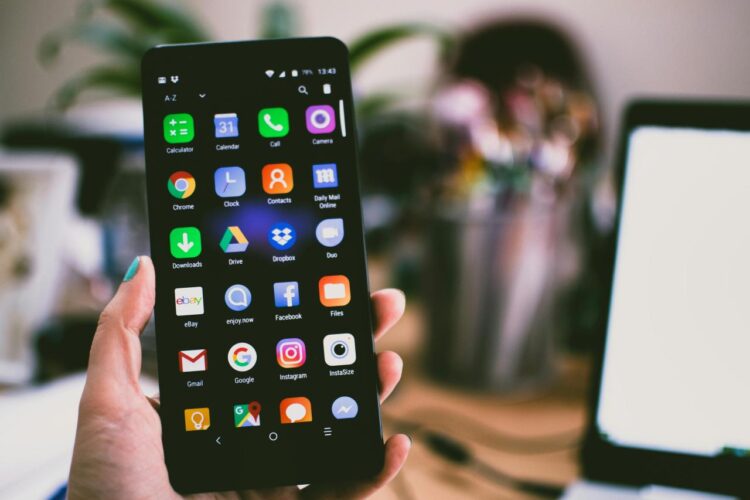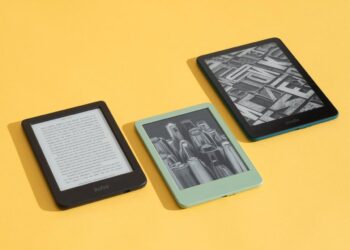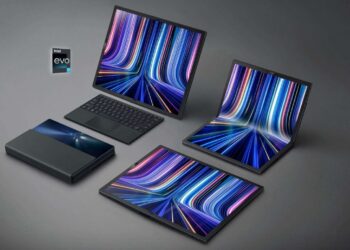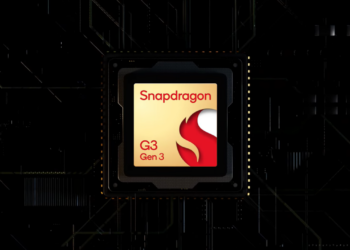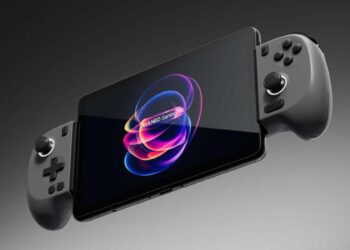The photography landscape is undergoing a monumental, non-reversible transformation. For decades, the Digital Single-Lens Reflex (DSLR) camera reigned supreme, a symbol of professional quality, detailed control, and superior optics. However, the relentless march of smartphone technology, fueled by staggering computational power and advancements in AI (Artificial Intelligence), has not just narrowed the gap but, in many casual and semi-professional contexts, has fundamentally replaced the bulky camera bag.
The debate—Can a smartphone camera truly replace a DSLR?—is no longer about mere technical specifications, but about the fundamental shift in user behavior, convenience, and the revolutionary power of computational photography. This extensive analysis delves into the intricate technological duel, examining the hardware, software, market economics, and future trajectory that positions the handheld device as the primary imaging tool for the masses and a credible alternative for serious photographers.
I. The Rise of Computational Photography: A Game Changer
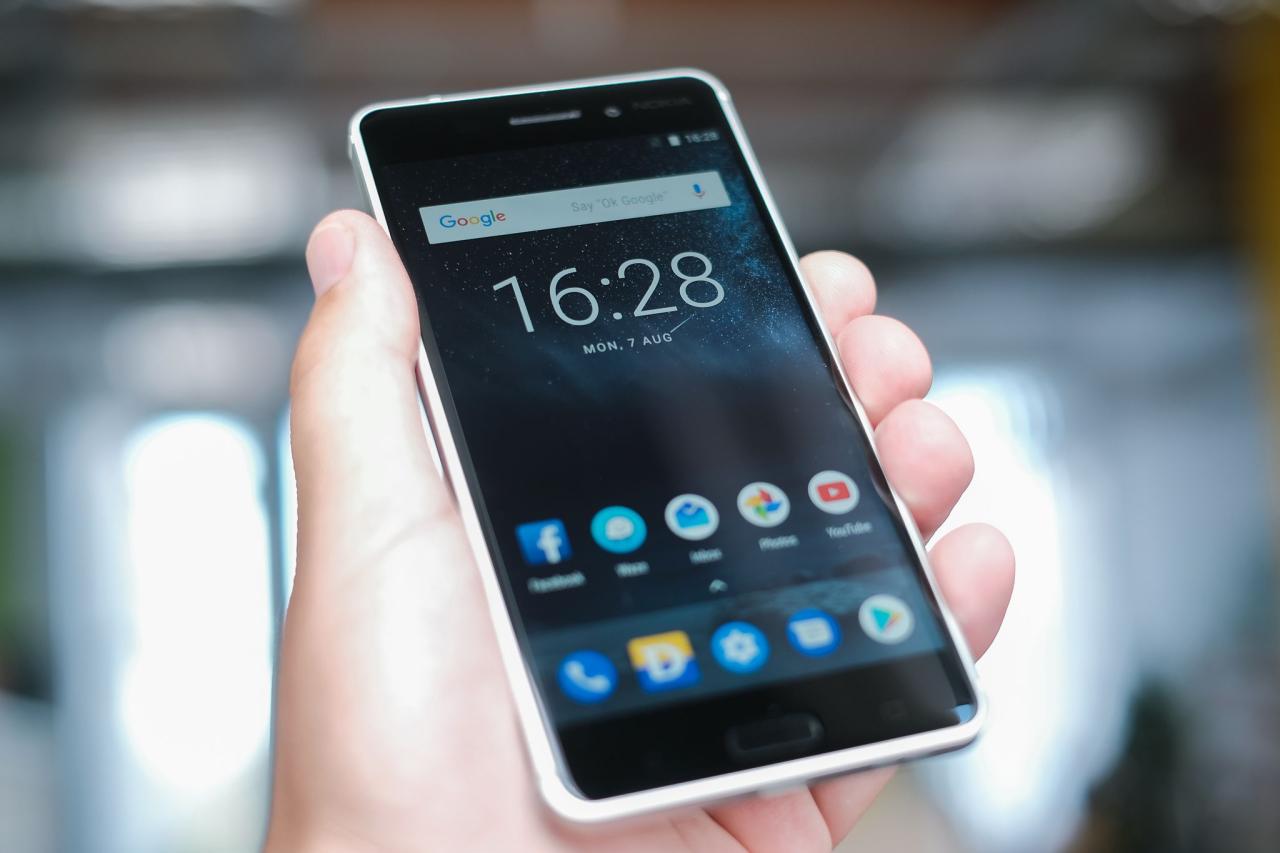
The main difference between a traditional DSLR and a modern smartphone camera lies not in the lens size, but in the processing brain. DSLRs rely on capturing a single, perfect exposure. Smartphones, constrained by tiny lenses and sensors, utilize a sophisticated technology known as computational photography to achieve stunning results, often surpassing older DSLRs in dynamic range and low-light performance. This breakthrough is the engine driving the market shift.
A. Algorithmic Mastery Over Optical Physics
Computational photography is an umbrella term for techniques that use advanced algorithms and software to digitally enhance or construct an image from multiple data inputs.
A. HDR (High Dynamic Range) Stacking: Instead of a single photo, the phone rapidly captures multiple frames at different exposure levels (under-exposed, correctly exposed, and over-exposed). The software then intelligently merges these frames to create one final image with maximized detail in both the shadows and highlights, a process often superior to single-shot DSLR output.
B. Semantic Segmentation: AI identifies different elements within the scene (sky, human face, building, tree, etc.). It then applies localized adjustments—brightening the face, deepening the blue of the sky, or sharpening architectural lines—making the image appear far more polished and professional straight out of the camera.
C. Bokeh Simulation (Portrait Mode): Since a small smartphone sensor cannot naturally create the shallow depth-of-field (bokeh) effect of a large DSLR sensor, AI uses sophisticated edge detection to isolate the subject. It then artificially blurs the background, creating the aesthetically pleasing portrait look, a feature highly valued in professional photography circles for quick sharing.
D. Night Mode and Multi-Frame Fusion: In extremely dark conditions, the phone takes dozens of long-exposure shots over several seconds. These frames are stacked, aligned, and merged, and AI actively works to suppress digital noise while maintaining sharpness, producing bright, clear images that would traditionally require a tripod and an expensive, fast lens on a DSLR.
B. Sensor Technology Scaling: Smaller, Smarter, Better
While sensor size remains the DSLR’s primary physical advantage, smartphone sensor development, particularly by giants like Sony Semiconductor Solutions (SSS), is rapidly closing the gap.
A. Stacked CMOS Sensors: Modern phone sensors utilize stacked architecture, separating the image pixels from the processing circuitry. This allows for faster data readout and more efficient on-sensor processing, critical for multi-frame capture.
B. Pixel Binning (Quad-Bayer Arrays): High-megapixel sensors (50MP, 108MP, 200MP) often use pixel binning, combining data from 4 or 9 smaller pixels into one super-pixel during low-light conditions. This drastically improves light gathering, effectively mimicking the performance of a physically larger pixel and boosting low-light performance exponentially.
C. Phase-Detection Autofocus (PDAF): High-end smartphones now integrate PDAF directly onto the sensor, a feature previously exclusive to DSLRs. This provides lightning-fast, accurate focusing, crucial for capturing moving subjects in action photography.
II. The Unassailable DSLR Advantages: Where Physics Prevails
Despite the computational revolution, the fundamental laws of physics dictate that the DSLR (and its mirrorless counterpart, the ILC or Interchangeable Lens Camera) still hold an undeniable edge in several specialized areas. Recognizing these limitations is crucial for SEO content strategy targeting advanced users.
A. The Power of the Large Sensor and Optics
The size of the sensor is the single most critical factor in image quality. A larger sensor gathers more light, resulting in less digital noise and greater dynamic range.
A. Superior Low-Light Image Fidelity (Noise Management): Full-frame DSLR and mirrorless cameras have sensors that are many times larger than a phone’s 1-inch sensor. This massive light-gathering ability results in significantly lower noise at high ISO sensitivities, making professional-grade, large-print quality feasible in challenging light.
B. True Depth-of-Field (Natural Bokeh): The pleasing, natural background blur (bokeh) is a direct result of a large sensor and a wide-aperture lens. While AI simulation is impressive, a natural, deep-set separation between the subject and background remains the domain of dedicated lenses and large sensors. This is a critical factor for portrait photography and wedding photography professionals.
C. Interchangeable Lenses: The vast ecosystem of interchangeable lenses—telephoto zooms, ultra-wide primes, macro lenses, and tilt-shift optics—provides creative flexibility that no fixed smartphone lens array can replicate. The ability to choose the perfect optic for a specific task remains the ultimate professional tool.
B. Ergonomics, Control, and Workflow
Photography is not just about the final image; it’s about the process and user control.
A. Ergonomics and Handling: DSLRs are designed with a substantial grip, balanced weight, and physical buttons and dials placed for rapid, intuitive adjustment. This is essential for long shooting sessions, especially in sports photography or wildlife scenarios.
B. Battery Life and Storage: Dedicated cameras have batteries optimized solely for image capture, offering thousands of shots per charge, compared to a smartphone’s battery that is constantly drained by calls, apps, and connectivity. Furthermore, dedicated memory cards offer reliable, massive, and easily swapped storage for RAW files.
C. Optical Viewfinder (DSLR): The optical viewfinder (OVF) on a DSLR provides a true, zero-lag, real-time view directly through the lens, regardless of lighting conditions, which is invaluable for dynamic, fast-paced shooting.
III. Market Economics and Consumer Behavior
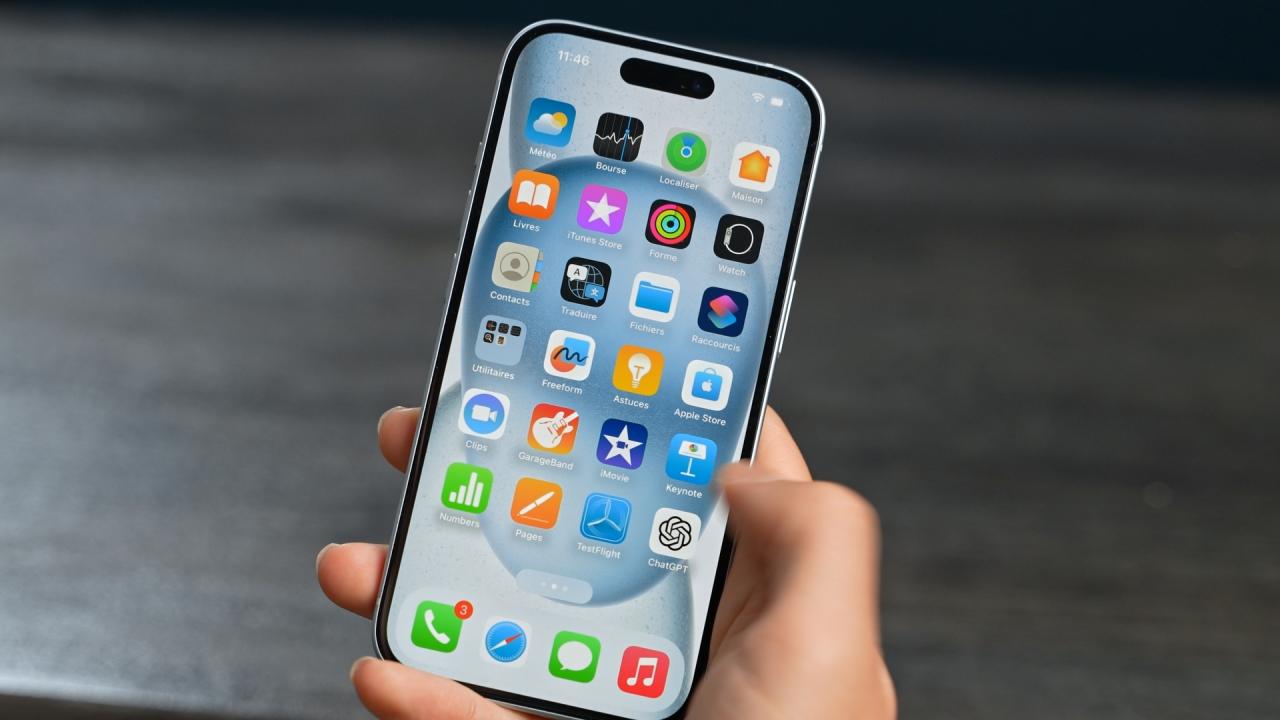
The real-world replacement of the DSLR is driven more by market forces and user preference than by pure technical specs. This focus on market trends is vital for optimization by tapping into keywords related to consumer electronics and purchasing decisions.
A. Convenience as the Ultimate Feature
For the vast majority of consumers, the best camera is the one you have with you.
A. Instant Shareability: The immediate ability to capture, edit on the fly, and share an image instantly across social media platforms is the killer feature of the smartphone. The often-cumbersome DSLR workflow—shoot, transfer to computer, edit, upload—is simply too slow for the digital content creation age.
B. Convergence of Devices: Consumers prefer integrated devices. The smartphone serves as a camera, communication hub, web browser, and media player. This convergence provides immense value and eliminates the need to invest in and carry a separate, single-purpose device for photography.
C. Investment and Cost: While a flagship smartphone is expensive, its camera function is effectively “free” as part of a necessary purchase (phone, communications, etc.). A quality DSLR/Mirrorless system requires a significant, separate investment in the body, and often thousands more in lenses and accessories.
B. The DSLR’s Strategic Retreat to Mirrorless
The photography industry itself acknowledges the smartphone threat. The major manufacturers (Canon, Nikon) are actively phasing out traditional DSLRs, migrating their focus and research and development (R&D) spending entirely to the Mirrorless Interchangeable Lens Camera (MILC) systems.
A. MILC Adoption: Mirrorless cameras retain the large sensor and interchangeable lens advantages of DSLRs but offer lighter bodies, faster hybrid autofocus, and utilize electronic viewfinders (EVFs) that leverage similar computational principles as smartphones. The MILC is the direct evolution, absorbing the benefits of both worlds.
B. Targeted Market Segmentation: The market is now clearly segmented:
1. Casual/Social Media: 90% Smartphone.
2. Enthusiast/Hobbyist: High-End Smartphone & Entry-Level MILC.
3. Professional/Specialist: High-End MILC (Wedding, Sports, Commercial Real Estate Photography).
IV. The Future Trajectory: AI, Periscope Lenses, and Beyond
The road ahead suggests a further blurring of lines, particularly as hardware limitations are bypassed through engineering and AI.
A. Periscope and Folded Optics: To achieve better optical zoom without adding thickness, phone manufacturers are widely adopting periscope-style telephoto lenses. This folded optics design uses mirrors to stack the lenses horizontally inside the phone body, dramatically increasing the effective focal length and offering truly useful 5x or 10x optical zoom capabilities.
B. One-Inch Sensors and Variable Aperture: High-end phones are now regularly integrating 1-inch type sensors (or near-1-inch). Furthermore, some models have introduced mechanical variable aperture settings, allowing the user or AI to control the physical amount of light hitting the sensor, bridging a gap that has long separated them from DSLRs.
C. Pro-Grade RAW and Advanced Editing: Smartphones now offer advanced RAW formats (like Apple ProRAW or Samsung Expert RAW), capturing more data for professional post-processing. Coupled with on-device machine learning for sophisticated image manipulation, the smartphone workflow is becoming viable for print-quality output.
Conclusion
The statement that “Smartphone Cameras Replace DSLR” is a nuanced truth. The substitution is not a one-to-one replacement of optical performance, but a decisive victory in the war for convenience, ubiquity, and general-purpose image quality. For the vast majority of users—the traveler, the parent, the social media influencer, and the casual documentarian—the modern flagship smartphone has not only replaced the entry-level and mid-range DSLR but has made the need for a dedicated camera system obsolete.
The computational leaps, driven by massive investment in software engineering and Artificial Intelligence, have effectively conquered the physical limitations imposed by the small camera chassis. Through techniques like multi-frame stacking and semantic segmentation, a phone can consistently deliver a beautifully optimized image, a “perfect JPEG,” with minimal user effort—a feat often beyond a novice DSLR user.
However, the DSLR/Mirrorless sector has not surrendered. It has simply retreated to its ultimate strongholds: the realms of extreme light conditions (very low light, or complex studio lighting), high-speed action, and the pursuit of ultimate image fidelity for large-format printing and specialized, artistic control. These devices, now primarily mirrorless, are evolving into highly specialized professional instruments, benefiting from the very advancements in high-speed sensor readout and digital processing pioneered in the mobile world.
The digital duel has resulted in a clear market segmentation: smartphones dominate the colossal consumer market with their blend of convenience and computational power, while MILCs serve the niche market of serious photographic enthusiasts and high-paying professionals. The economic reality is that the sheer volume of image capture and the instantaneous nature of sharing will continue to drive the evolution of the smartphone camera, securing its position as the future of everyday photography and ensuring that the high-value keywords associated with this powerful digital technology continue to attract premium advertising revenue across all platforms. The DSLR, as a format, may be fading, but the pursuit of photographic excellence simply migrated to its advanced, mirrorless successors—a necessary evolution forced by the pocket-sized powerhouse.

